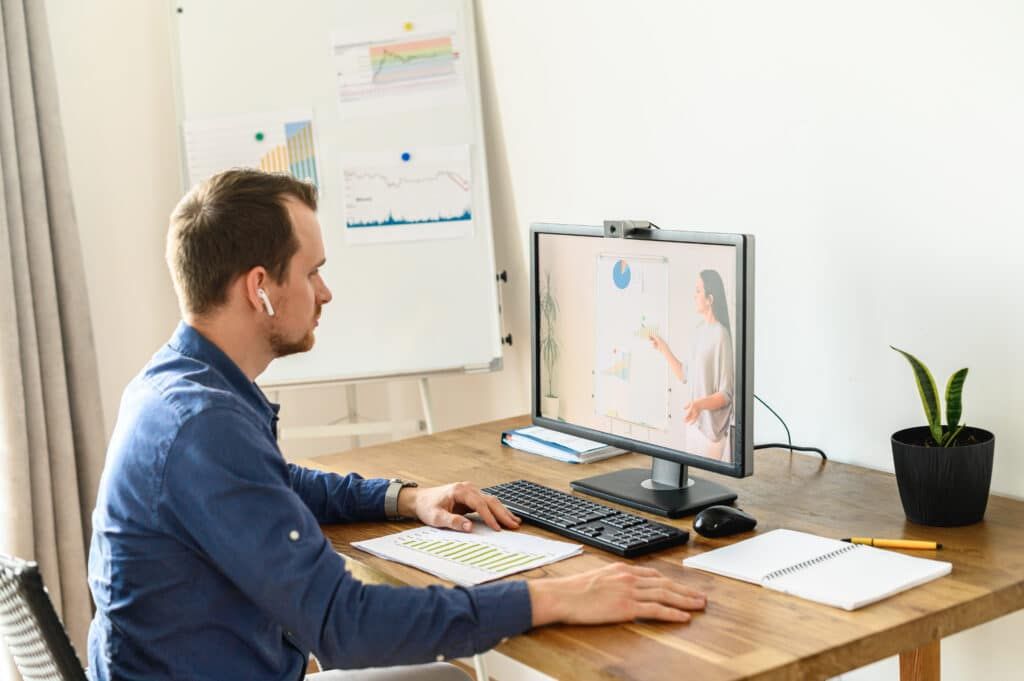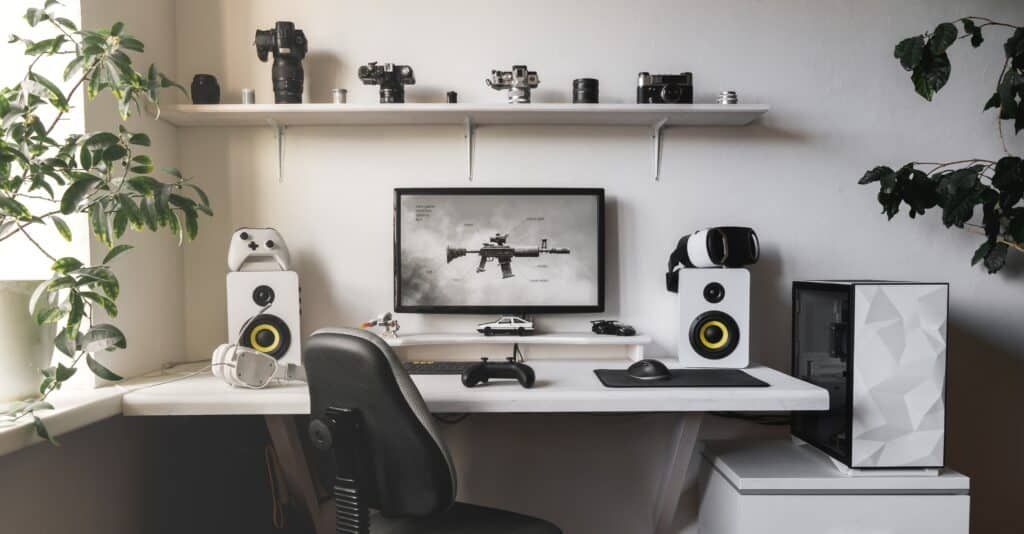How much electricity does a desktop computer use?’The power consumption of a desktop computer: what is it and how to reduce it ?
In order to save money, it is important to know the power consumption of the devices in your home. You will be able to avoid waste and limit the impact of the electricity bill on your budget. In this context, you need to evaluate the energy performance of your desktop computer.
You will then know what measures to take to reduce your consumption.
What is the power consumption of a desktop computer ?
The consumption of a desktop computer depends above all on its configuration (processor, graphics card, hard disk…). So you should consider this aspect when buying your machine. However, you will benefit from recommendations in this area when choosing a desktop computer from inmac wstore.
The advice will indeed be based on your technical, financial, energy concerns, etc.
As a general rule, the more powerful a computer is, the more energy it consumes. A gamer PC consumes more electricity than a computer with a more modest configuration. Consumption will also increase with powerful components such as a latest generation 3D graphics card.
In other words, performance necessarily implies an increase in energy requirements.
As an indication, a standard desktop computer consumes on average 200 W per hour (200 Wh). This estimate is based on an entry-level PC equipped with an internet box, a speaker and a printer. If you use this machine 8 hours a day, your annual consumption will reach 600 kWh (600,000 Wh).
This figure can exceed 900 kWh with a gamer configuration.
What affects power consumption ?
The consumption of a desktop computer varies according to different factors such as usage, age and connected peripherals. If you turn it on only 2 hours a day, a standard PC will cost you about 15 euros of electricity per year. This usage time corresponds to basic practices such as surfing the Internet, online shopping, watching movies… In case of intensive use, consumption will increase at least tenfold from 8 hours per day.
The software you use also increases the power consumption of your computer energy requirements of a computer. This factor is often underestimated, as heavy tools usually require a large configuration. That said, 3D modeling applications will put more strain on the PC than an audio player. The consumption will then increase at the level of the CPU, the GPU, the cooling system..
On the other hand, the consumption of a computer tends to increase with time, as for any other electrical device. This increase can vary significantly depending on the brand, model, power and age of the PC. Therefore, it is not enough to calculate its environmental impact. You must also eliminate energy-hungry equipment.
In addition, manufacturers are working to reduce the power consumption of their latest products.
Choosing the right hardware
Long before the effects of time, the choice of hardware is decisive for the consumption of a desktop computer. You must take into account energy requirements of the machine and each device. The average consumption of a standard PC includes the CPU (170 W per hour), the speakers (20 W), the modem (10 W) and the printer (5 W).
These are median figures for evaluating your purchases.
In principle, an all-in-one computer helps save energy by eliminating peripherals. However, you should check the technical specifications of the device in question. The power consumption of an iMac can actually reach 295 W per hour on the 27-inch version with a 5K screen. That said, this figure would be even higher with a custom PC targeting a similar configuration.
It is important to compare only devices with identical characteristics.

How to reduce power consumption ?
You must first think about replacing any old equipment, if you want to reduce the consumption of the desktop computer. Indeed, electrical appliances tend to consume more as they age. This rule applies to the PC and its various peripherals.
Then pay attention to the manufacturer’s stated power requirements when purchasing new hardware.
You should also choose a computer that matches the intended use. This approach will reduce both the purchase price and the electricity bill. It’s a matter of common sense, but you may be tempted to anticipate future use of the PC.
You plan, for example, to start a graphic design business in the medium term. Thus, you opt for a powerful model from the start. However, this machine risks becoming obsolete and energy consuming before the realization of this project.
Finally, some simple gestures allow to reduce the power consumption of your computer on a daily basis. In the details:
- Choose all-in-one devices, if the use lends itself to it;
- Switch to SSDs if you need to replace your traditional HDDs;
- Check the performance-energy consumption ratio on each purchase;
- Avoid the saver and turn off the screen, if it is not necessary ;
- Disconnect unused peripherals;
- Customize computer power options;
- Limit the simultaneous execution of resource-intensive software;
- Reduce the time it takes to automatically activate standby and hibernate.
Finally, as with other electrical appliances, unplug the computer from the mains after you have switched it off.


